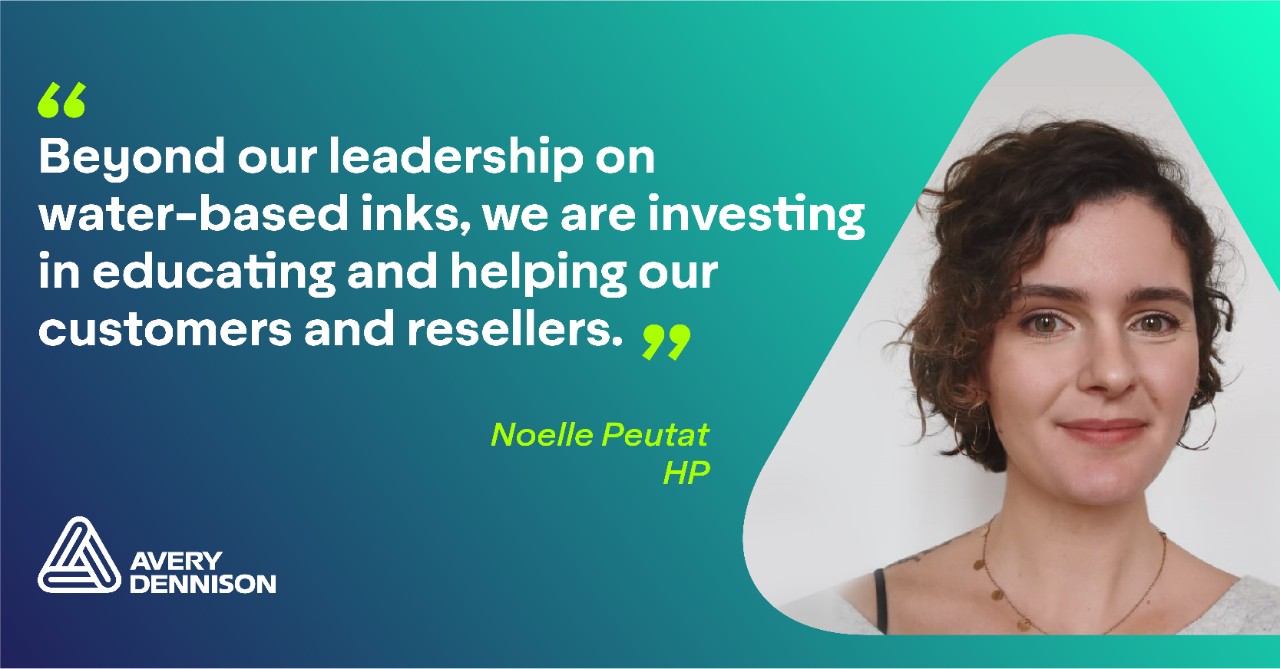What are the sustainability challenges and opportunities for the digital printing industry?
Large-format printing impacts the environment by generating waste and consuming energy. So the industry faces several challenges:
- Material waste: large format printing often relies on the use of materials such as vinyl, PVC banners, and foam boards that are difficult to recycle.
- Chemical usage: The chemicals used, such as solvents and inks, can be harmful to the environment and human health if not disposed of properly.
- Energy consumption: Equipment such as printers and cutting machines consume significant amounts of energy, leading to high carbon emissions and energy costs.
The industry has the potential to reduce its environmental impact by adopting sustainable practices and materials. For example, by opting for materials that are biodegradable, compostable, or made from recycled materials to reduce waste and pollution. In addition, the recycling of used materials, such as vinyl, can be a valuable resource for future production. The industry relies on leading material suppliers such as Avery Dennison to innovate with new materials and processes to drive this change.
At HP we are innovating ink technologies, including HP latex inks that are water-based. We led with this technology in 2008 and are happy to see more and more brands launching their own versions. In addition, switching to renewable energy sources, such as solar or wind power, can significantly reduce the carbon footprint of printing operations.
How important are new ink technologies and new printing substrate materials to a sustainable digital print industry?
Traditional inks and substrates used in large-format printing can be harmful to the environment. The adoption of new ink technologies with lower VOC emissions and more sustainable substrate materials will significantly reduce the environmental impact of large-format printing.
15 years ago, HP introduced HP Latex, the first outdoor water-based ink for signage and décor. One of the main purposes when creating this new technology was to provide an alternative technology designed for the improvement of end user and operator safety. However, as we continuously innovate our inks, we are also considering the full lifecycle of the products, such as the cartridges and the hardware.
Some recent highlights include:
- The implementation of carton-based cartridges in 2020, which have reduced plastic use by 80% compared to plastic-based cartridges.
- The implementation of recycled plastic in our machines, the Latex 700/800 series have at least 20% of recycled plastic by weight.
- The introduction of a specific category for PVC alternative media in our presets database, Print OS Media Solution Locator, which proactively helps customers find more sustainable media.
Something highly important in sustainability is transparency. For our partners and customers to trust our claims, we invested to get our technology independently certified. Since 2008, HP has been awarded the Greenguard Gold status, and currently, HP is the only company to have a signage Large format technology UL Ecologo certified and have our smaller machines EPEAT registered.
How else is HP helping its customers be more sustainable?




